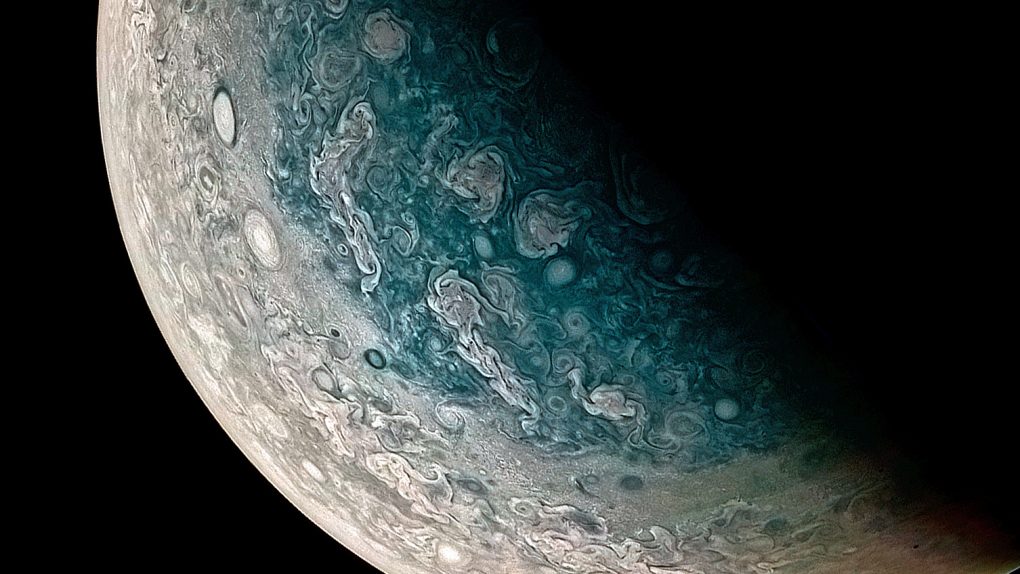NASA’s Juno spacecraft has delivered some of the most stunning glimpses of the gas giant that mankind has ever seen, but it’s also taught scientists a lot about how the planet works. We now know that its storms stretch far deeper into the planet than previously assumed and that Jupiter’s lightning is a lot like the kind we see here on Earth.
Now, data gathered from Juno has shed light on another aspect of Jupiter that seems a lot like Earth. In a new paper published in Nature Astronomy, scientists reveal that Juno’s readings of Jupiter’s magnetic field differ from observations made by past missions. This suggests that the planet’s magnetic field is actually changing in small but important ways, much like the shifts we see in Earth’s own magnetic field.
For the study, NASA scientists compared recent readings of Jupiter’s magnetic field with data that was gathered years prior from missions including Voyage and Pioneer. Juno’s multiple passes of Jupiter using its magnetometer have provided a wealth of information regarding the planet’s magnetic field as it exists today, and the researchers quickly noticed the differences.
“Finding something as minute as these changes in something so immense as Jupiter’s magnetic field was a challenge,” Juno scientist Kimee Moore said in a statement. “Having a baseline of close-up observations over four decades long provided us with just enough data to confirm that Jupiter’s magnetic field does indeed change over time.”
Those small changes indicate that Jupiter experiences a phenomenon known as secular variation, which also happens here on Earth. On our own planet, secular variation is attributed to changes happening deep below the surface, and on Jupiter, it’s believed that intense winds far below the cloud tops are the engine that drives the changes.
It’s an important discovery for scientists who are still striving to learn more about Earth’s own magnetic field, and the Juno team plans to continue tracking the changes in Jupiter’s magnetism in the future.








